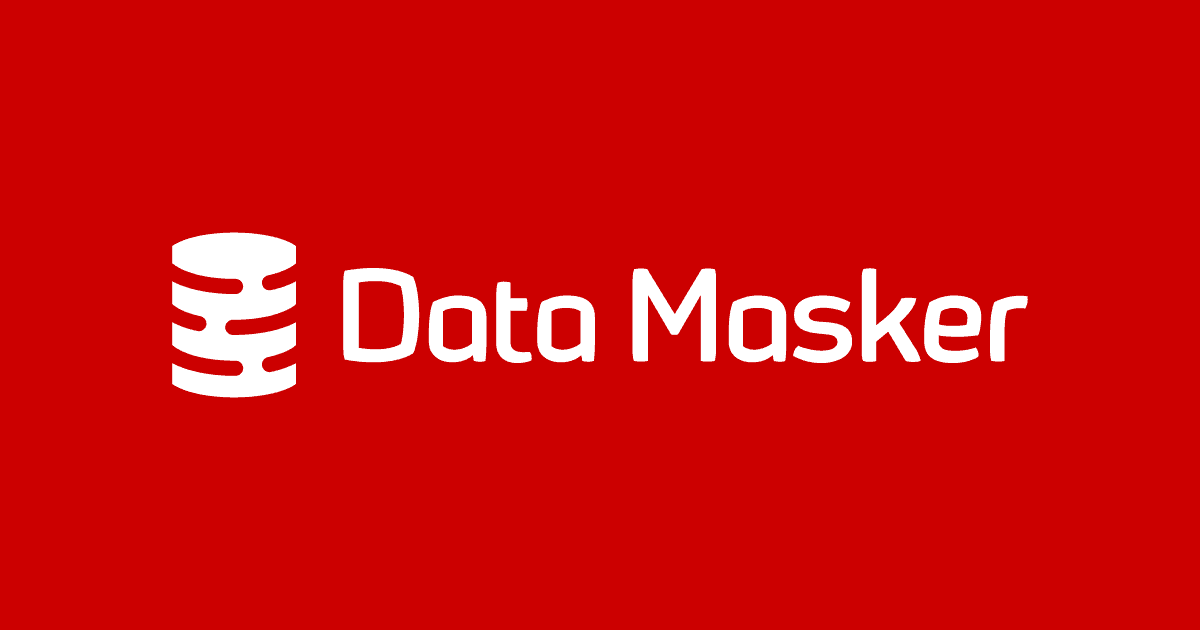SQL Provision offers users an easier way to manage, organize and make available masked copies of databases
Rebecca Edwards premieres the new SQL Clone 3.0 dashboard, and explains new features to make it easier to manage clones, view recent activity on them, and reset clones with the push of a button.
Over the past year Redgate has released some major improvements to SQL Provision, including the ability to modify images with Data Masker and SQL scripts, and create templates for clones, allowing users to specify SQL scripts to run after creation.
Now we’re delighted to announce the latest major release of SQL Clone 3.0, the virtualization technology within SQL Provision, which current users can update via the upgrade banner in the tool. Alongside a new user interface, the release is packed with additional features, fixes and improvements. To see what we’ve got in store for you this time, read on.
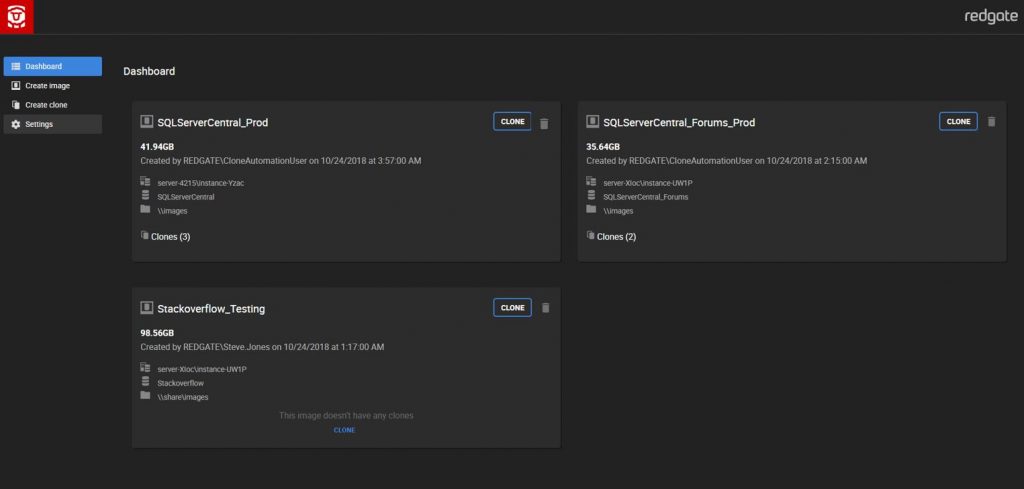
The old user interface
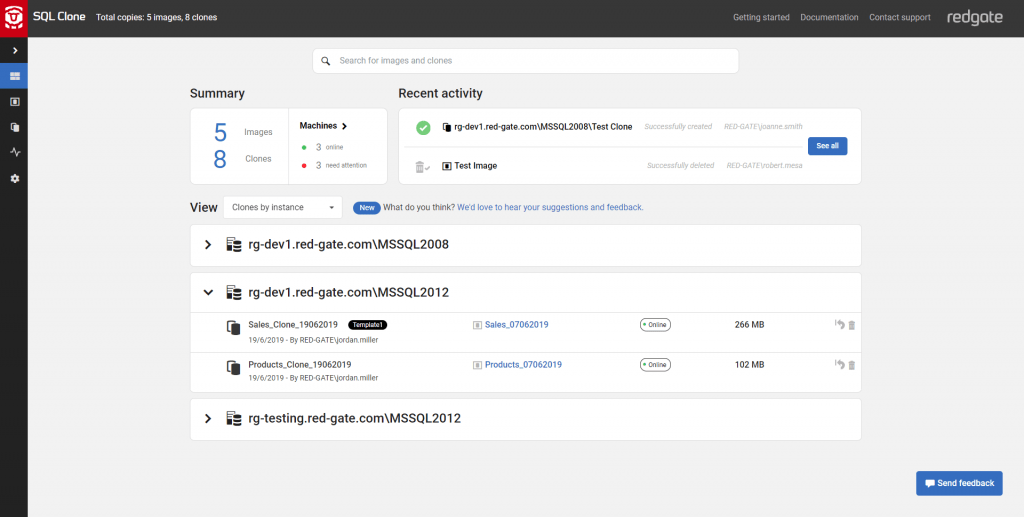
The new at-a-glance dashboard
The first thing you may notice is the new dashboard, designed to provide an at-a-glance look into your provisioned estate. We wanted to improve the manageability and visibility of clones and images, especially for users who provision lots of copies. An earlier version of the new dashboard was available in v2 and we’ve listened to your feedback to produce what you see today.
We understand that your time is important, so getting information quickly and easily is essential. That’s why we’ve included a summary of the images and clones in use and the recent activity at the top of the dashboard, so you can see right away if anything needs your attention.
We’ve also added a new way to view your estate – you can now see it in terms of images (grouped by physical location) or clones (grouped by instance).
The theme of saving you time and reaching information quickly has continued throughout the release. A new search feature lets you search images and clones by a variety of criteria, including name, creation date, size, and number of clones. You can also use the created-by filter to find only the clones or images created by you, or sort by size to quickly find large, unused images to delete.
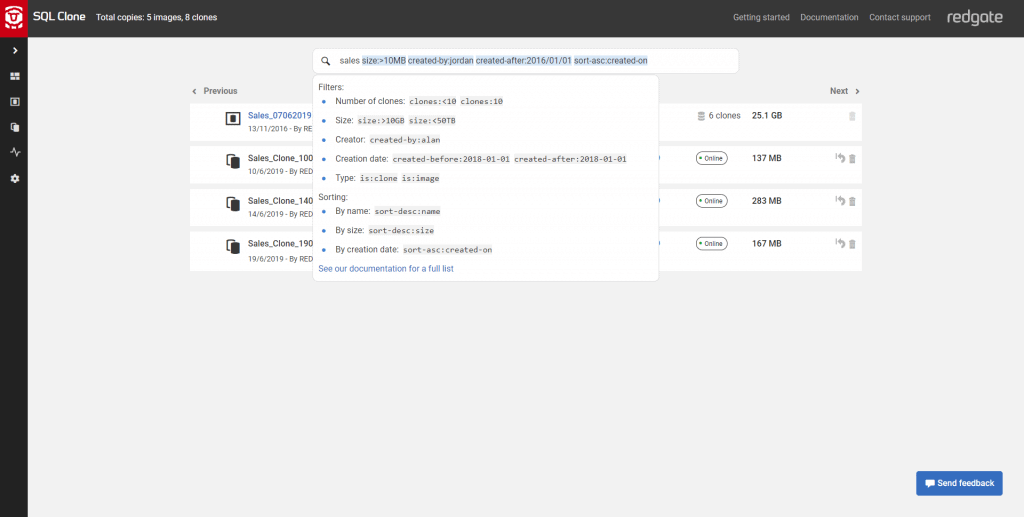
Importantly, SQL Clone v3 now uses the activity view to provide a comprehensive history of activity over the last seven days, including the creation and deletion of images and clones, and any that have been reset, including the user responsible and the success or failure. Log files for each operation are also downloadable to assist with investigating errors, or making sure an operation ran as expected – these files include logging for image and clone modifications.
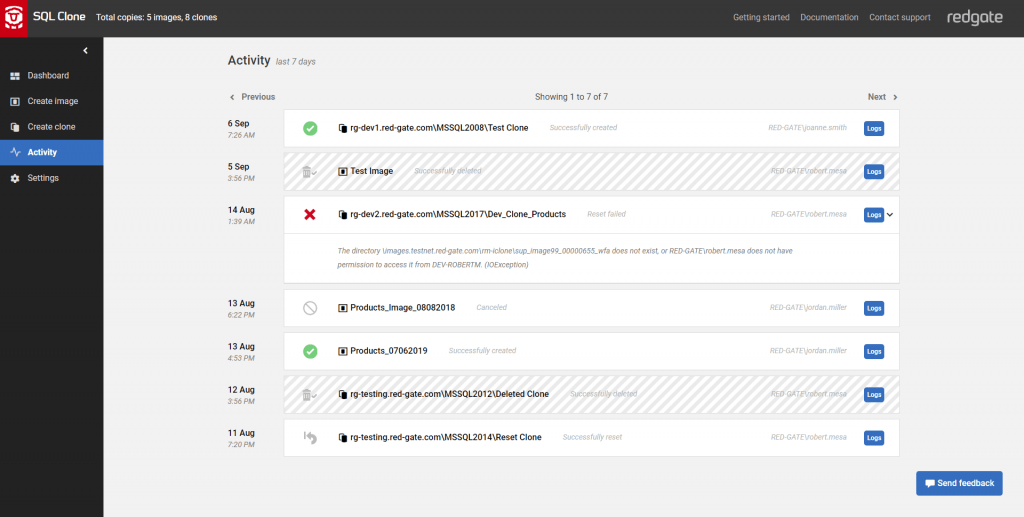
The reset feature, which Owen Hall explains in detail in his article How to reset your development database in seconds using SQL Clone, allows you to return a clone to its original state with a single command. This encourages agile testing and minimizes ‘drag’ on database development, allowing you to better invest your time elsewhere.
With these great improvements come some changes which need to be considered before you update. Please be sure to read over the release notes to make sure you properly prepare and make the changes required to ensure you get the most out of V3 right away.
If you’re already a user of SQL Provision or SQL Clone, you can upgrade to v3.0 for free by clicking the upgrade banner in the tool.
If you aren’t a SQL Provision user, you can visit the SQL Provision page to download a free 14-day, fully-functional trial.
Tools in this post
Data Masker
Shield sensitive information in development and test environments, without compromising data quality
SQL Provision
Provision virtualized clones of databases in seconds, with sensitive data shielded


